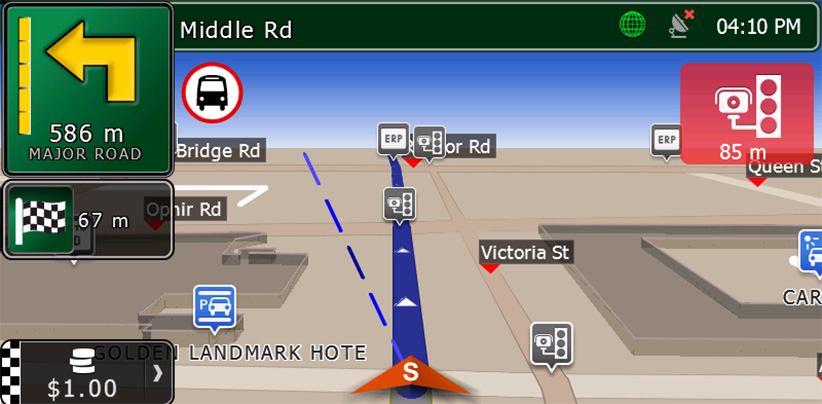
News
Seeding innovation in Jurong Lake District
September 21, 2016
Under the Urban Redevelopment Authority’s (URA) Master Plan, Jurong Lake District (JLD) is being developed as a commercial and regional hub to decentralise commercial activities out of the city centre and push economic growth for the next 10 to 15 years. IDA and its partner agencies are also working with over 20 technology companies to test out innovative technology in the precinct.
Over 1,000 sensors will be deployed to pilot solutions in mobility, sustainability, and improving sensing for situational awareness. One of the trials will involve new Above Ground (AG) Boxes, which will provide high-speed fibre connectivity and power at the street level, and accommodate sensors to monitor everything from traffic to street lights and crowded buses.
The JLD pilots will straddle different areas, and the projects include:
- A seamless connectivity solution from M1 which allows data to be transmitted to, and collected from, vehicles. The technology could enhance monitoring and routing of vehicles through near real-time upload and download of data such as road or weather conditions.
- A smart queue monitoring system from RFNet, Panasonic and Elixir Technology. It uses video sensing to determine the length and flow of queues to give consumers an idea of wait times and help companies deploy more resources to ease queues.
- A driverless buggy that is being trialed by the National University of Singapore and Singapore-MIT Alliance for Research and Technology (SMART) to ferry passengers in parks and gardens in JLD.
- Smart park lighting by Green Koncepts and ST Electronics (Info-Comm Systems), which adjusts lighting in response to time of the day and motion detection. It will also automatically detect faulty lighting.
- An automated system to determine the cleanliness of public areas. The pilot by Temasek Polytechnic and ZWEEC Analytics makes use of advanced video sensing and smart bin technologies.
- A platform that leverages smart phones as sensors. Under the pilot by ST Dynamics, smart phone owners volunteer data on bumpiness and the timing of bus rides to enable better planning of routes and thus improve the transport experience.
- A system by Quantum Inventions that mitigates issues related to global positioning system (GPS) navigation in urban canyons, enabling drivers and pedestrians to navigate more accurately around the densely built-up areas of Singapore.





